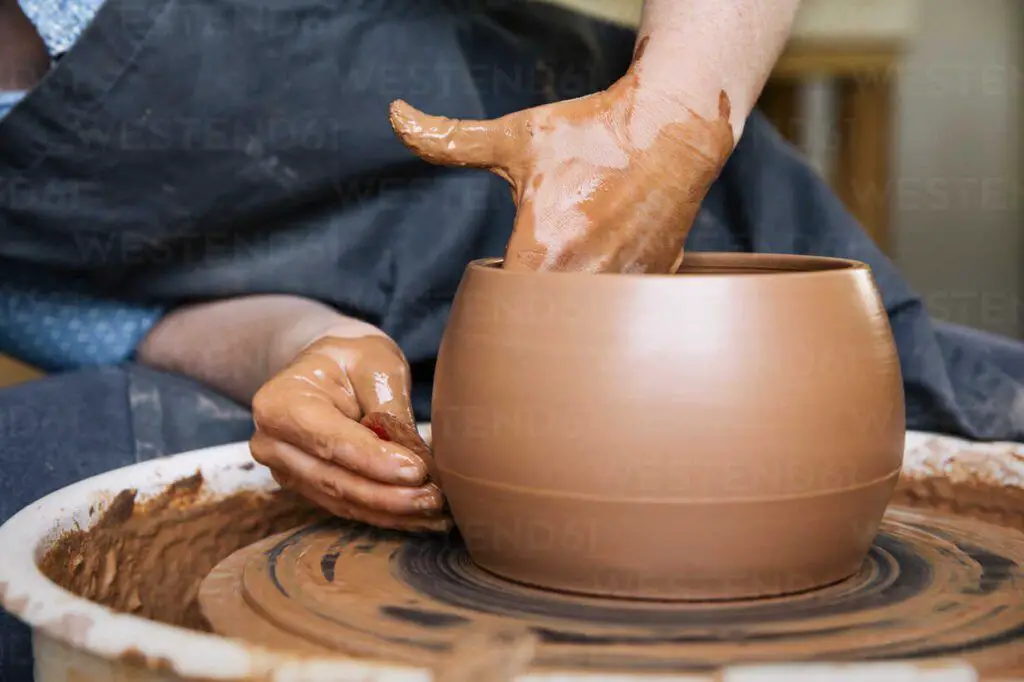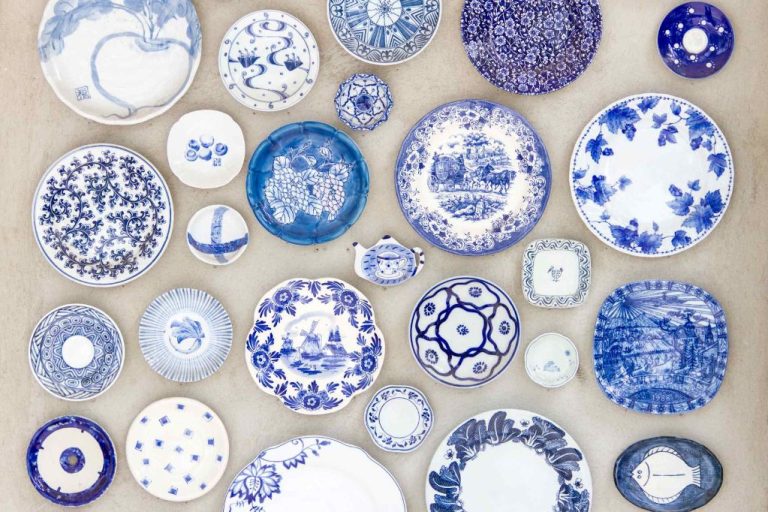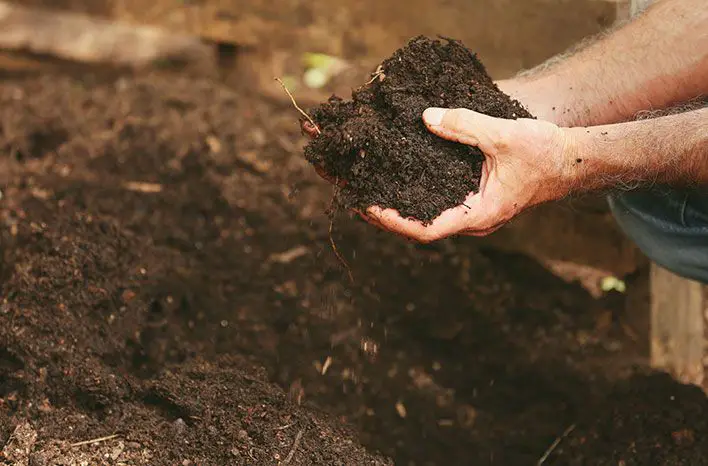Is Stoneware Better Than Ceramic?
Defining Stoneware and Ceramic
Stoneware is a type of pottery made from clay that is fired at high temperatures between 2,200°F and 2,400°F. The clay used contains a high percentage of silica and fine particles that allow it to become vitrified and non-porous during the firing process. This makes stoneware very strong, durable, and able to hold liquids without leaking. It also gives stoneware a distinctively fine, smooth texture.
Ceramic, on the other hand, encompasses all objects made out of clay that have been permanently hardened by firing at high temperatures. The firing temperature for ceramic is usually lower, between 1,800°F and 2,000°F. Ceramic can be made from various types of clay with differing levels of silica, feldspar, and other minerals. This affects the strength, porosity, and other properties of the finished ceramic material.
The main differences are that stoneware contains higher silica content, is fired at higher temperatures, and is generally stronger and non-porous compared to regular ceramic. Ceramic is more variable based on the type of clay used. Both are made by shaping moist clay and heating it with kilns, but the clay composition and firing process makes stoneware distinct from other ceramic materials.
Strength and Durability
Stoneware is generally more durable and resistant to chipping than ceramic. This is because stoneware has a denser composition and is fired at higher temperatures than ceramic, resulting in a harder final product. According to [Made in Cookware]({url1}), the average firing temperature for stoneware is around 2200°F, while ceramic is often fired below 2000°F. The higher firing temperature makes stoneware less porous and denser.
Stoneware’s durability makes it an excellent choice for high usage kitchenware like plates, bowls, and mugs that receive heavy daily use and frequent washing. Many restaurant dishes are made from stoneware for this reason. Ceramic dishware is more prone to chipping over time, especially thinner and more delicate ceramic pieces. Ceramic mugs with thinner walls can crack if dropped while stoneware mugs are less likely to break from minor impacts.
However, [Porcelain Dinnerware vs. Stoneware: Which One Is Better?]({url2}) notes that porcelain is actually more durable than stoneware. Porcelain has very low porosity and high density thanks to firing temperatures between 2200-2400°F. This makes it highly resistant to chipping and suitable for heavy usage scenarios. But porcelain is generally more expensive than stoneware.
Thermal Properties
One of the key differences between stoneware and ceramic is in thermal conductivity or how well they conduct heat. According to https://precision-ceramics.com/thermally-conductive-ceramics/, stoneware has a higher thermal conductivity rating at around 3-5 W/mK, whereas standard ceramic rates 0.5-2 W/mK. This means that stoneware conducts heat faster and more efficiently.
This has implications for baking and cooking uses. Stoneware maintains an even temperature distribution, allowing food to cook and brown more evenly with fewer hot or cold spots. Ceramic, with lower conductivity, may lead to more uneven cooking.
For example, stoneware baking dishes and pizza stones will heat up rapidly in the oven and hold that heat steadily throughout baking. This helps crisp pizza crusts and evenly bake casseroles or breads. Ceramic dishes take longer to heat and may develop cold areas. So for tasks like baking pizza, bread, or casseroles, stoneware would be the better choice.
Porosity
Stoneware is much less porous and absorbs water at a lower rate compared to earthenware ceramics (Source). The lower porosity makes stoneware more durable and resistant to scratching, chipping, and staining. Earthenware’s higher porosity allows it to absorb water more readily, which can lead to cracking when exposed to freezing temperatures or rapid heating. The non-porous nature of stoneware makes it better suited for kitchenware that will hold liquids, as well as outdoor use where it will be exposed to temperature swings and moisture (Source).
Appearance
Stoneware typically has a more matte, textured, and rustic surface finish compared to ceramic. While ceramic can be glossy and smooth, stoneware tends to have more visible pitting and tool marks from the manufacturing process. According to The Skillful Cook, “Ceramic usually has more of a refined look while stoneware has a rustic and earthy look.”

Stoneware is usually left unglazed or has minimal glazing, often just on the interior surface. Ceramics can have various types of decorative glazing to create colorful patterns or glossy surfaces. As WikiHow explains, “Stoneware uses natural colors like browns, tans, and greys while ceramics add bright colors and elaborate designs with glazes.” The glazing options are far more limited with stoneware.
Cost
Both stoneware and ceramic dishware can vary greatly in price depending on factors like brand, quality, and design. However, in general, stoneware tends to be more expensive than ceramic.[1]
Some key factors driving the cost differences include:
- Material costs – Stoneware uses higher-quality clay and requires minerals like feldspar to increase durability. These raw materials cost more than lower-quality clays used in ceramic.
- Production process – Creating stoneware requires firing at higher temperatures (over 1200°C) for longer periods which increases energy costs. Ceramic can be fired at lower temps.
- Labor – Stoneware production often involves more manual work and skill in shaping and glazing. Simple ceramic pieces can be mass-produced efficiently.
- Demand – The superior durability and aesthetic of stoneware make it more desirable for high-end dinnerware. This higher demand allows brands to charge premium prices.
While ceramic dinnerware can be found for under $10, simple stoneware plates or bowls often start around $20. High-end stoneware from brands like Le Creuset can cost over $50 per piece.[2]
For most households, ceramic provides an affordable option, while stoneware is viewed as a long-lasting luxury investment.
Eco-Friendliness
The manufacturing processes for both stoneware and ceramic can have impacts on the environment. Ceramics production requires the mining and processing of raw materials like clay, quartz, and feldspar. The firing process consumes a lot of energy and can release greenhouse gases. However, ceramics are generally considered eco-friendly because they are made from abundant natural materials and are fully recyclable if not contaminated.

Stoneware production also requires mining and processing of natural raw materials like clay and feldspar. According to research, stoneware manufacturing consumes slightly more energy than ceramic production because it requires higher kiln firing temperatures exceeding 1200°C. The higher temperatures produce more greenhouse gas emissions. However, stoneware is also recyclable if uncontaminated.
Both ceramics and stoneware are considered eco-friendly and sustainable compared to plastics because they can be recycled and will naturally degrade back into the environment over time. Neither material releases toxins or pollution when properly disposed of or recycled. With conscientious manufacturing and reuse, ceramics and stoneware have minimal environmental impacts.
Sources:
Care and Maintenance
When it comes to caring for stoneware and ceramic dishes, there are some differences in how to clean and maintain each material properly.
For cleaning stoneware, it’s best to handwash with warm soapy water. Don’t use abrasive scrubbers as they can scratch the surface. After washing, rinse and dry completely. For tough stains or burnt-on food, let the dish soak in warm water for several hours before scrubbing. Avoid putting stoneware in the dishwasher as the harsh detergents can cause crazing (fine cracks).
For ceramic, it’s also recommended to handwash with warm soapy water and soft sponge or cloth. Rinse and dry thoroughly. Ceramic is more prone to chipping so handle gently without banging plates or bowls together. Use a dish rack padded with a towel when drying. Ceramic can be put in the dishwasher but try to avoid scraping or scouring as it will scratch the glazed surface. Use non-citrus detergent.
When it comes to durability, stoneware is generally more resistant to chipping and scratching than ceramic. The vitrified clay material of stoneware makes it dense and strong. The glaze provides added protection. Ceramic is more delicate and thinner, so chips and scratches can occur more easily from impacts or abrasive cleaners. With proper care though, both stoneware and ceramic can remain beautiful and functional for many years.
Aesthetic Uses
Both stoneware and ceramic can be used decoratively in the home or other settings. Examples of decorative uses for stoneware include vases, bowls, mugs, and platters. Stoneware is appreciated for its natural, earthy look and feel. Many artisans craft beautiful one-of-a-kind stoneware pieces like planters, candle holders, and sculpture.
Ceramic also has many decorative applications including figurines, wall art, dishes, and pottery. The glazing and coloring process allows ceramics to have more elaborate decorative designs. Ceramic pieces are highly versatile for home decor. Famous ceramic artists like Josiah Wedgwood have created stunning vases, plates, and decorative wares using specialized techniques and molds.
For high-end artistic uses, both stoneware and ceramic can be shaped into unique art pieces. Skilled potters can throw stoneware on a wheel into artistic bowls, cups, and vessels. Similarly, ceramic artists use molding and hand-building techniques to craft sculptures, wall hangings, fountains, and other custom artworks. The choice between stoneware and ceramic depends on the desired look, feel, and purpose of the art piece.
Many museums display ceramic and stoneware works from acclaimed artists. The Metropolitan Museum of Art in New York has an extensive ceramic collection including Chinese porcelain, European works, and modern pieces. The Museum of Fine Arts in Boston also houses thousands of ceramic artworks and artifacts in its expansive collection.
Summary
When comparing stoneware and ceramic, there are several key factors to consider. Both are types of pottery made from clay and hardened by firing in a kiln. The main differences lie in their composition, strength, thermal properties, porosity, appearance, cost, and intended uses.
Stoneware clay has a higher percentage of feldspar and fluxes, making it less porous and more durable than ceramic. It resists thermal shock, can withstand repeated use, and is safe for oven and microwave use. The tighter molecular structure also makes it less prone to absorbing stains. Stoneware tends to have a more rustic, natural look with visible clay particles in its unfinished state. It’s also typically more expensive than ceramic.
Ceramic is made from mostly kaolin clay, resulting in a more porous, delicate material. It can chip or crack under high heat or repeated use. However, ceramic has a refined appearance that lends itself well to decorative pieces like vases, figurines, and wall art. It’s also more affordable and accessible for crafts. The higher porosity requires more care to prevent stains but can produce vivid colored glazes.
For dishes and cookware, stoneware is generally the better choice, but ceramic works well for more delicate items meant for display rather than utility. Consider usage, aesthetics, and budget when deciding between these two classic clay materials.


